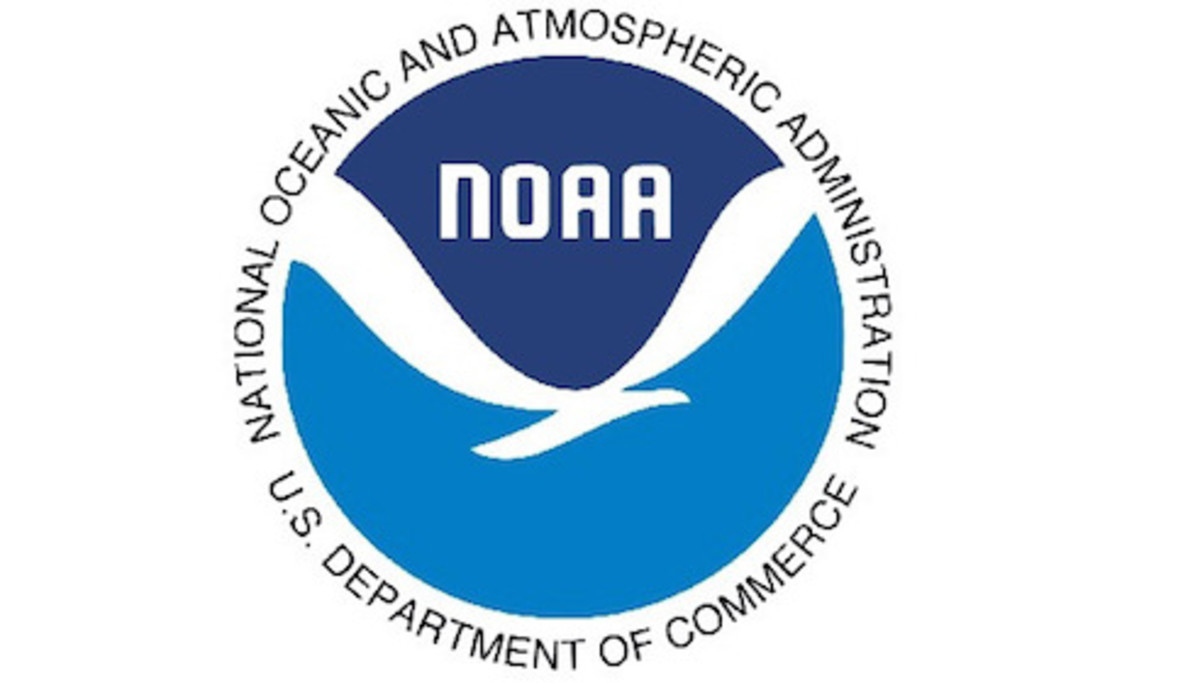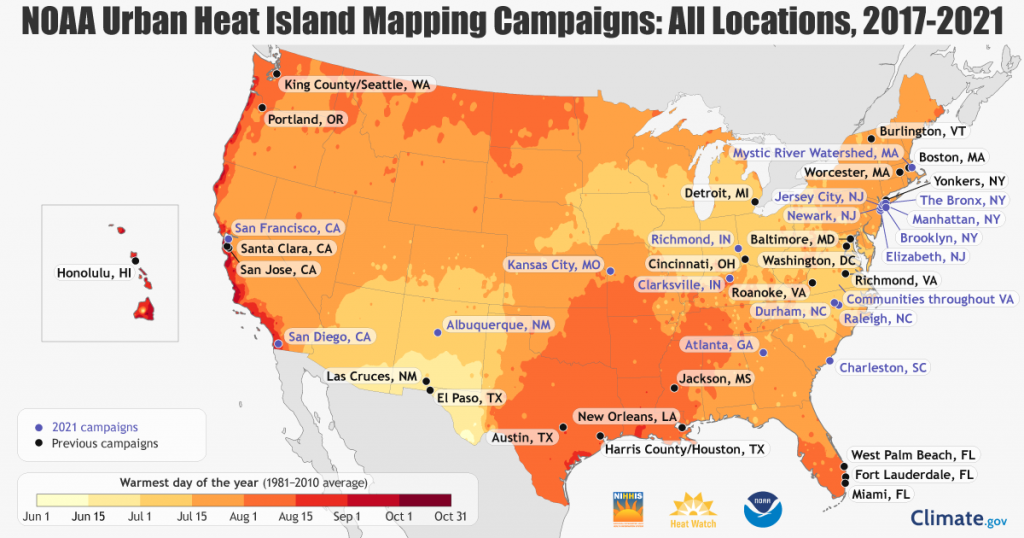
TOOL
WWA Map
Explore health-relevant side events, news and resources from the 2025 UN Climate Conference.
Health at COP30 >
The National Oceanic and Atmospheric Administration (NOAA) is an American scientific agency within the United States Department of Commerce that focuses on the conditions of the oceans, major waterways, and the atmosphere. This mission of NOAA is to understand and predict changes in climate, weather, oceans, and coasts, to share that knowledge and information with others, and to conserve and manage coastal and marine ecosystems and resources.
Jointly developed with the Centers for Disease Control and Prevention (CDC), NOAA’s National Integrated Heat Health Information System (NIHHIS) builds understanding of the problem of extreme heat, defines demand for climate services that enhance societal resilience, develops science-based products and services from a sustained climate science research program, and improves capacity, communication, and societal understanding of the problem in order to reduce morbidity and mortality due to extreme heat.
Related resources:
NOAA’s National Integrated Heat Health Information System (NIHHIS) has supported and coordinated 22 community science Urban Heat Island (UHI) mapping field campaigns in cities across the country from 2018-2020, with plans to map more in future years.

Each campaign is led by a core partner or group of partners — often city sustainability offices, environmental NGOs, or health departments — and is carried out with an even larger, multidisciplinary set of other partners. Operations and scientific analysis are supported by CAPA Strategies, which has developed an engaging and easy-to-implement process for running the campaigns.
NOAA provides climate and weather predictions and funding support to the campaigns, and also sustains engagement during and after the mapping activities through the NIHHIS network.